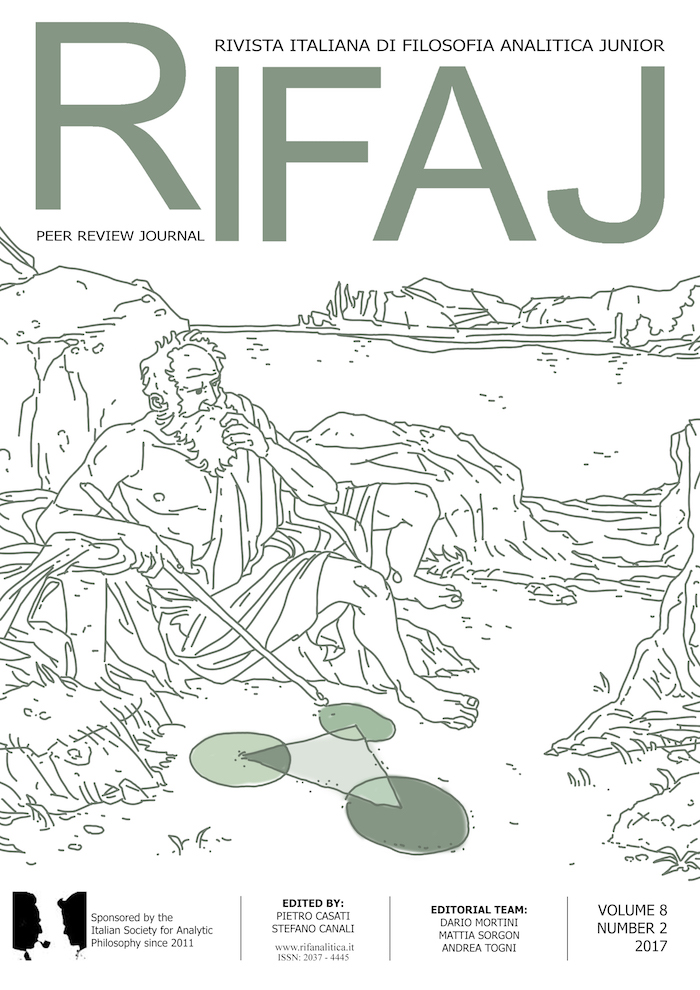Problems with definition of relational entities within spacetime And a possible solution
DOI:
https://doi.org/10.13130/2037-4445/7331Abstract
The contemporary debate on definition of relational entities existing within spacetime is mostly characterized by the belief that a multiplicity of entities of such kind exists. The aim of this paper is to show how this statement leads to some issues of diverse nature and trying to propose instead a metaphysical position that might do without it. In his 2002 paper On Stage, Worm and Relativity, Balashov takes in exam two quadridimensional theories - Worm Theory and Stage Theory – with the aim of showing that both agree with the results of special relativity. Balashov concludes by suggesting that, between the two, the first is the most effective . In this paper, I will take in exam these two theories, and will show how taking into account only Lorentz’s invariance in order to define relational entities existing within spacetime leads to some issues. Moreover, I will show that the positions following these difficulties lead to problems that are, in my opinion, insurmountable for what concerns causal relations, and that this is true for every theory defining relational spatiotemporal entities as a multiplicity. Then I will demonstrate that, even pretending we can define relational entities by Lorents’s invariance, this leads to problems with multilocation which, as shown by Calosi and Varzi in Back to Black (2014) , is essential to solve Black’s counter-example to the identity principle of indiscernibles, necessary for every theory that implies a multiciplity. Eventually I will analyse Heisenberg’s uncertainty principle, with the purpose of showing that every theory that considers it true, will meet, in my opinion, an insurmountable problem linked to the concept of multiplicity. Given these distinct arguments, I will outline the borders of a metaphysical monist position with the purpose of showing that it is a solution to each.Downloads
Published
2017-12-28
Issue
Section
Articles
License
The authors keep the intellectual property for their work, while the journal owns the exclusive rights concerning the first publication of the articles. The journal will also reserve the rights to create an Open Access archive under the Creative Commons License. Articles are published under a Creative Commons By Attribution License.


